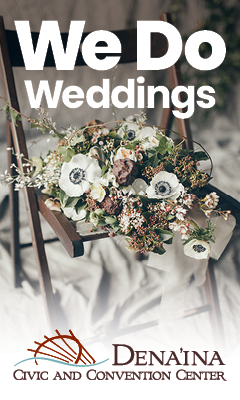your flowers

Questions to ask your florist
Selecting the perfect florist for your wedding is easy when you know the right questions to ask! Here are some essential questions to ask when interviewing your perspective florist.
The Basics
• Do you have my date open?
• Have you done flowers at my ceremony and/or reception location before? (If so, he or she may have pictures of arrangements done at your site and will be knowledgeable about what sizes, shapes, and colors work in the space.)
• Can I see examples of past work by the same person who will arrange my wedding flowers?
• What flowers do you recommend for our wedding?
• Do you have rental supplies (such as vases, candelabras and potted plants) or do I need to use a separate rental company?
• Do you offer specific packages or is everything customized?
• Will you deliver and/or set up my flowers? (If you've hired a wedding coordinator, this may not be necessary. You could also have someone in your family help with this task. At a minimum, you should ask the florist to label everything so whoever is helping you will know who gets what.)
• Can you provide me with 3–4 recent brides that I can contact for references?
When selecting your florist – like with any other vendor – it’s smart to comparison shop and take good notes at each interview.

The Costs
• Can you work with my budget?
• What recommendations can you give me to maximize my budget?
• Do you charge a delivery or setup fee? (Some shops will charge a separate fee, while others include it in the cost of your flowers. Just be sure to know all the costs up front.)
• Is there an extra fee if I need you to stay throughout the ceremony to move arrangements to the reception site?
• Are there any additional fees that have not already been taken into account?
The Contract
• Can you work with my budget?
• What recommendations can you give me to maximize my budget?
• Do you charge a delivery or setup fee? (Some shops will charge a separate fee, while others include it in the cost of your flowers. Just be sure to know all the costs up front.)
• Is there an extra fee if I need you to stay throughout the ceremony to move arrangements to the reception site?
• Are there any additional fees that have not already been taken into account?
Bouquet Styles
From round to hand-tied to cascading – bridal bouquets come in many shapes and sizes. Here, we've outlined a few of the most popular styles. Which type of wedding bouquet speaks to you and your wedding style? Identifying your favorite floral design will be helpful as you communicate your ideas to your florist.

Round: One of the most traditional bouquets and ideal for a formal wedding, round bouquets typically consist of one or two types of florals (or varying types of florals in a single color) arranged in a perfect dome. Stems are wrapped tight with a silk ribbon.
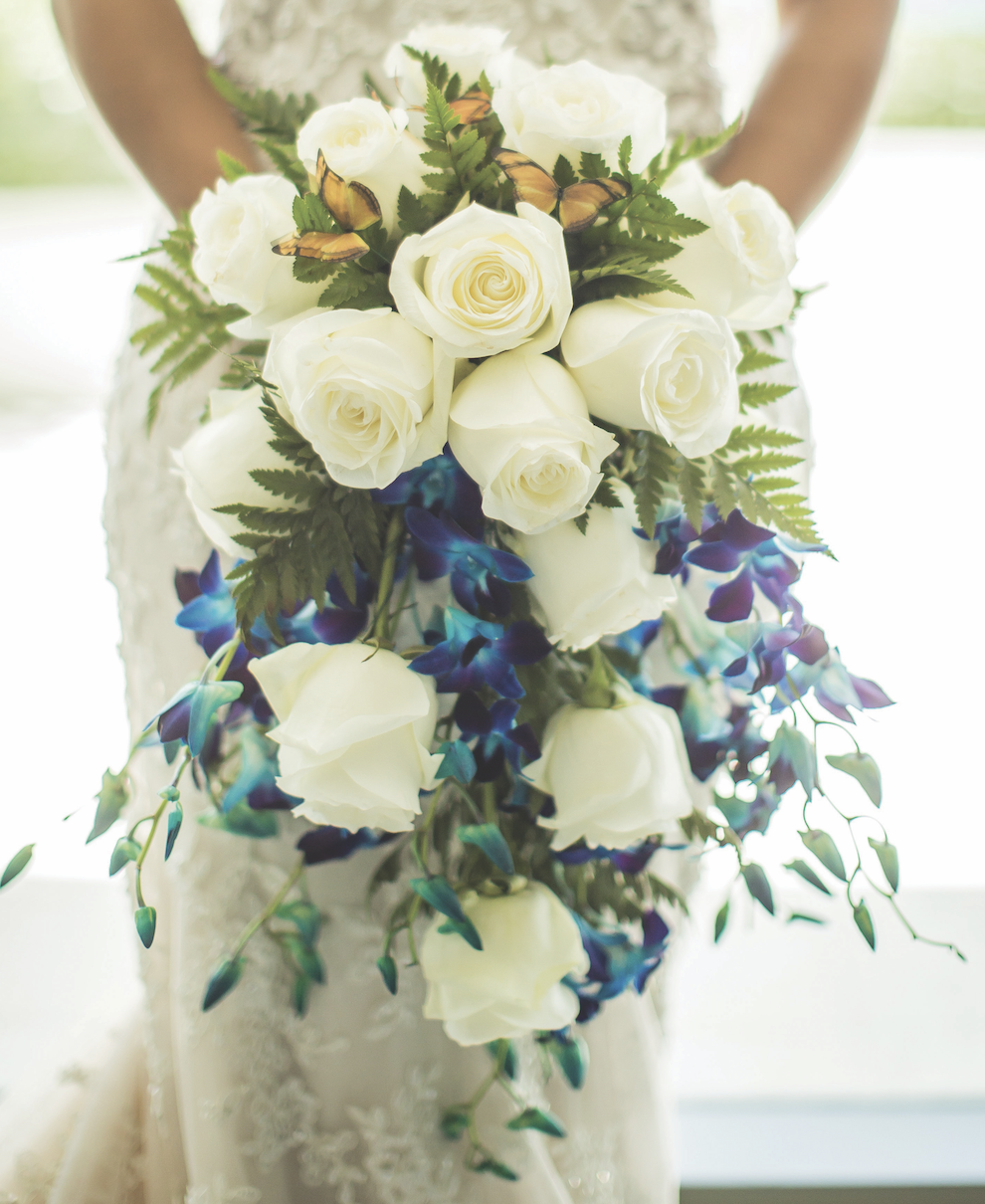
Cascading: Cascading bridal bouquets are just what they sound like: arrangements that cascade downward (like a waterfall). Think wispy, long vines spilling forward in front of your hands. This type of bridal bouquet makes a strong style statement, so make sure to keep your wedding dress and other accessories fairly simple.
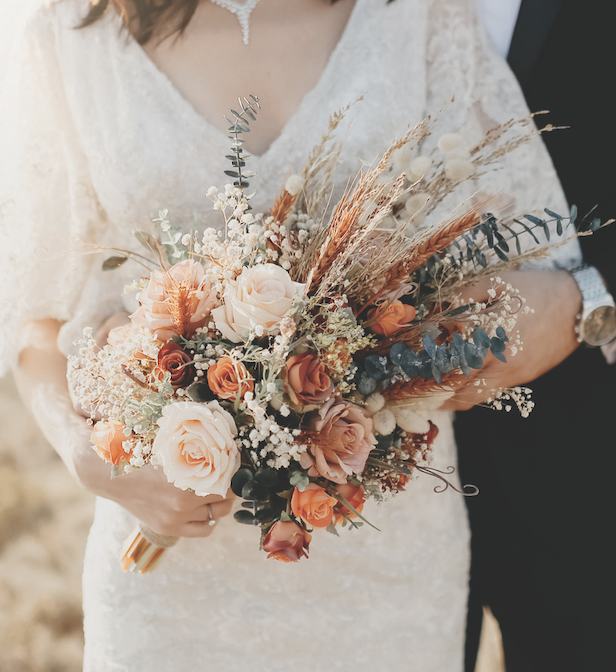
Hand-Tied: The hand-tied bouquet is one of the most popular of designs for bouquets. From compact to wild and loose, hand-tied bouquets are typically tied off by ribbons or twine (with stems left showing at the bottom for that "fresh-picked-flowers" feel). Often an assortment of both flowers and greenery, they're meant to feel less constricted and “looser” than typical round bridal bouquets.
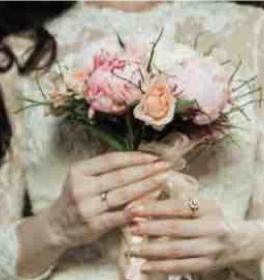
Posy: Posy bridal bouquets are typically meant to be held in one hand (while round bouquets are held using both hands) and are often given to grandmothers, mothers, bridesmaids and/or flower girls for their walk down the aisle. Just like a round bouquet, they’re arranged into a round dome. It can be great as a bridal bouquet too if you are petite, on a budget or have an intricate dress where you want to keep your flowers understated.

Asymmetrical : A popular and modern design, the asymmetrical bouquet doesn’t look the same on both sides. It mixes a variety of flowers and greenery in varying stem lengths for a perfectly imperfect – yet creative and diverse – look.
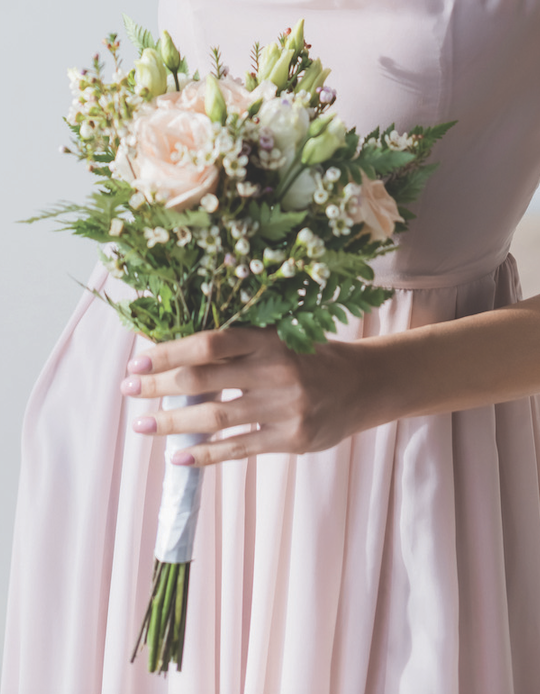
Nosegay: A nosegay bridal bouquet is similar to a posy bouquet, only it contains more greenery than a posy. While a posy is typically focused on all florals, a nosegay will have leaves or greenery that peep through as well, with the focus being on just a few floral stems (as opposed to an entire bunch of them). Just like a posy, a nosegay bouquet is small and hand-tied. Its small-size style works well as a bridesmaid bouquet.

Composite: This gorgeous bouquet, also known as a glamelia, is actually composed of individual petals, which are arranged and secured to resemble a single large bloom. These highly stylized bouquets are very unique and perfect for the bride who wants a bit of drama!
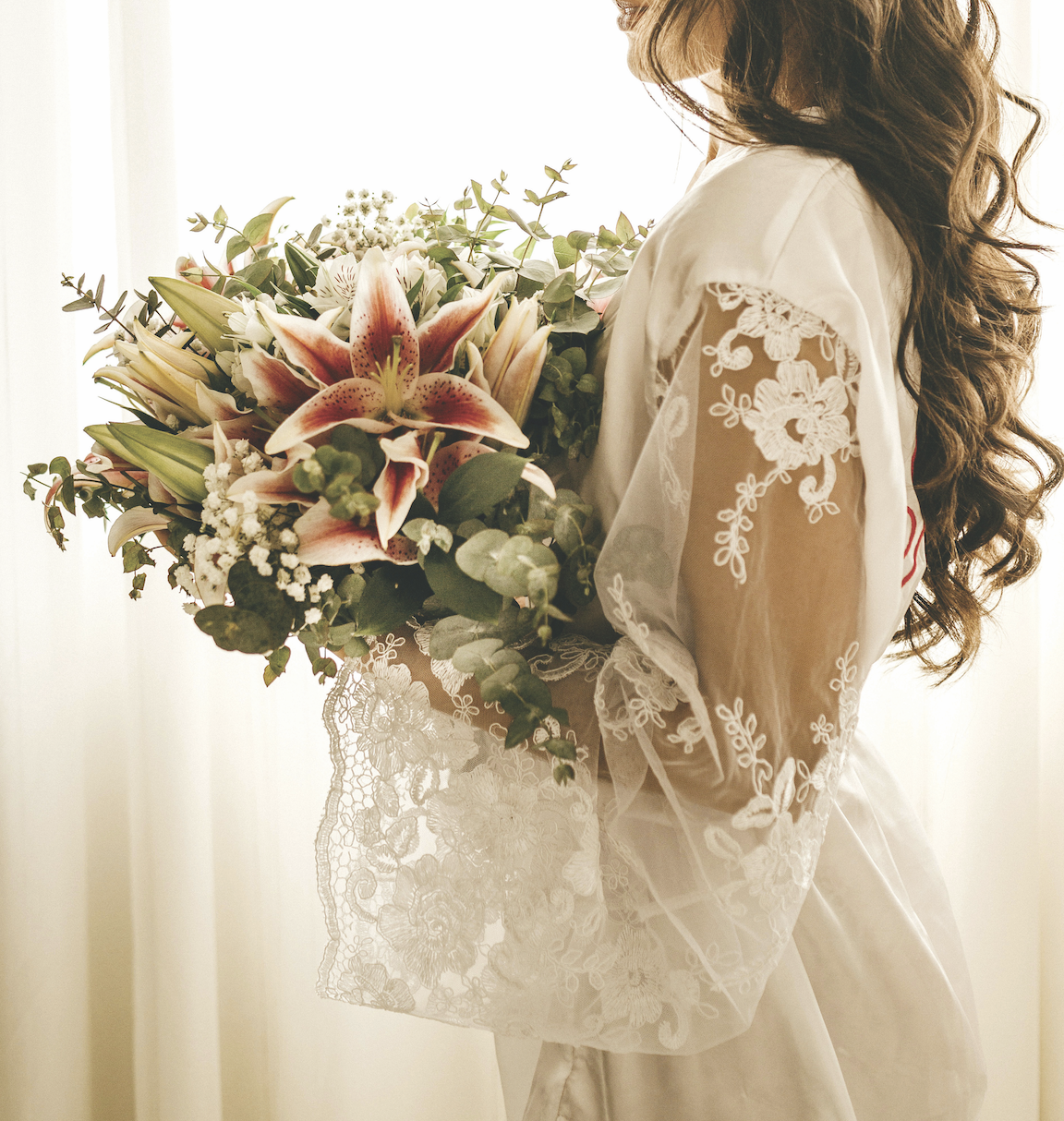
Pageant: Pageant bouquets are usually made with long stem flowers and are designed to lie against the bride’s arm with the flower heads resting just above her elbows. The best thing about these bouquets is that they are perfect for showing off flowers with longer stems such as orchids, roses, calla lilies, snapdragons, lavender and more.







